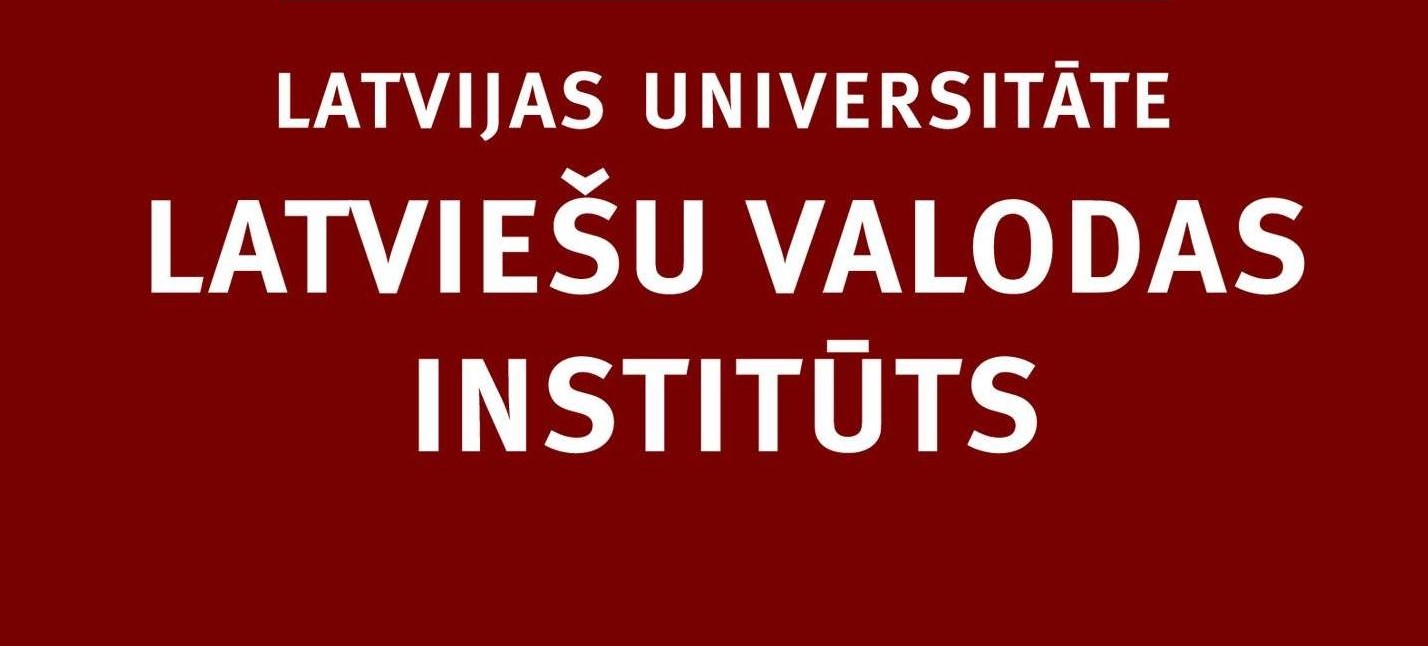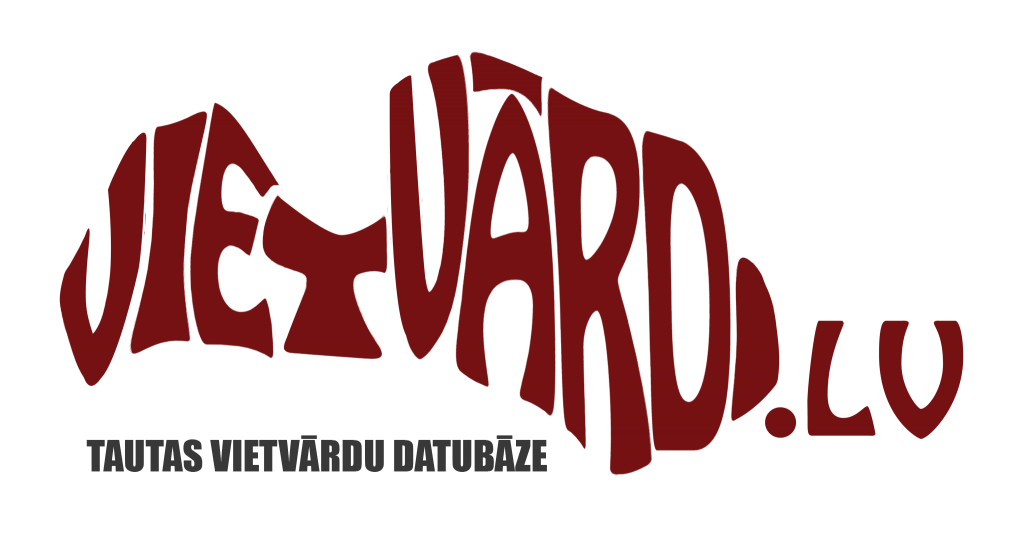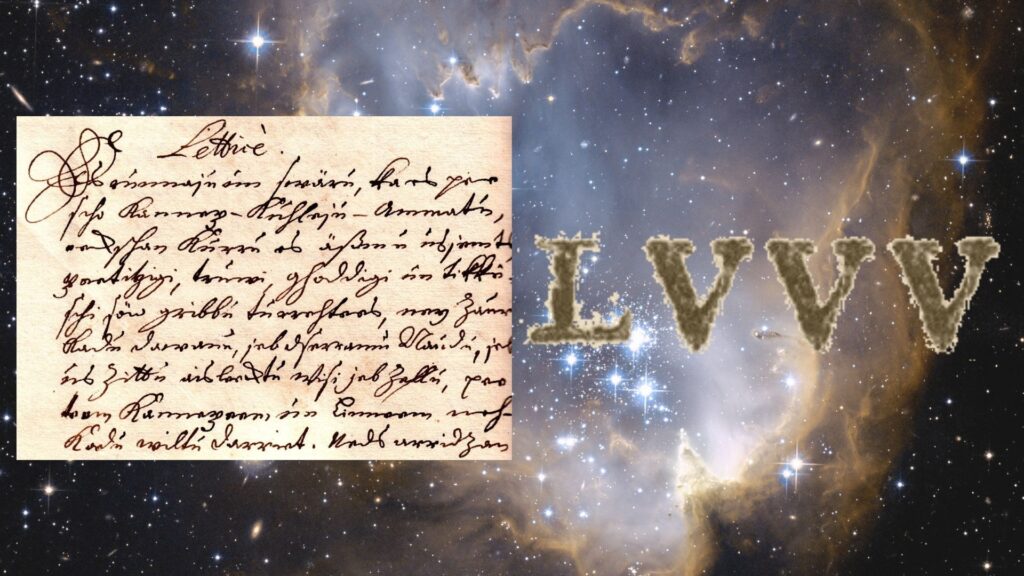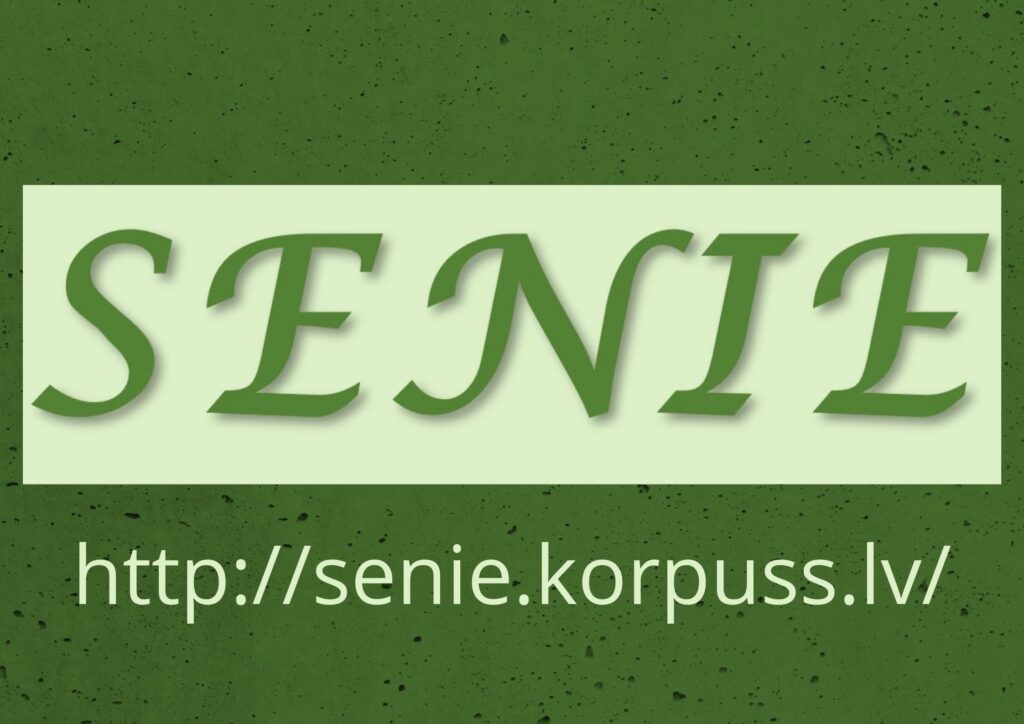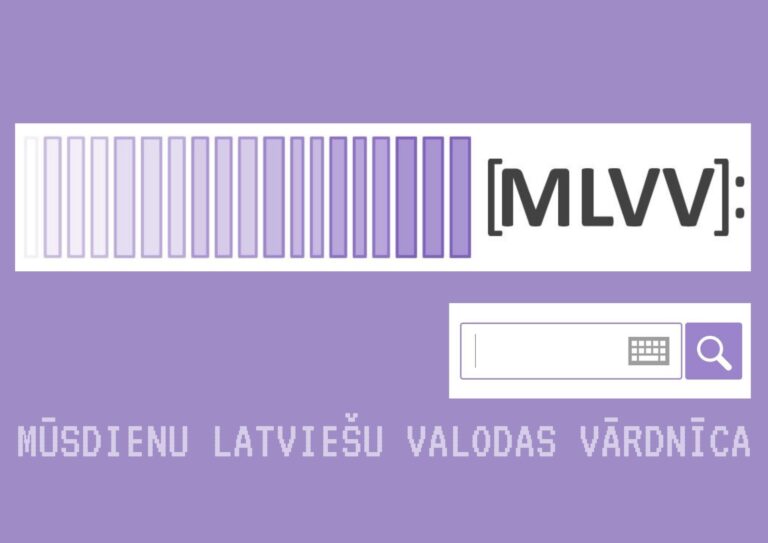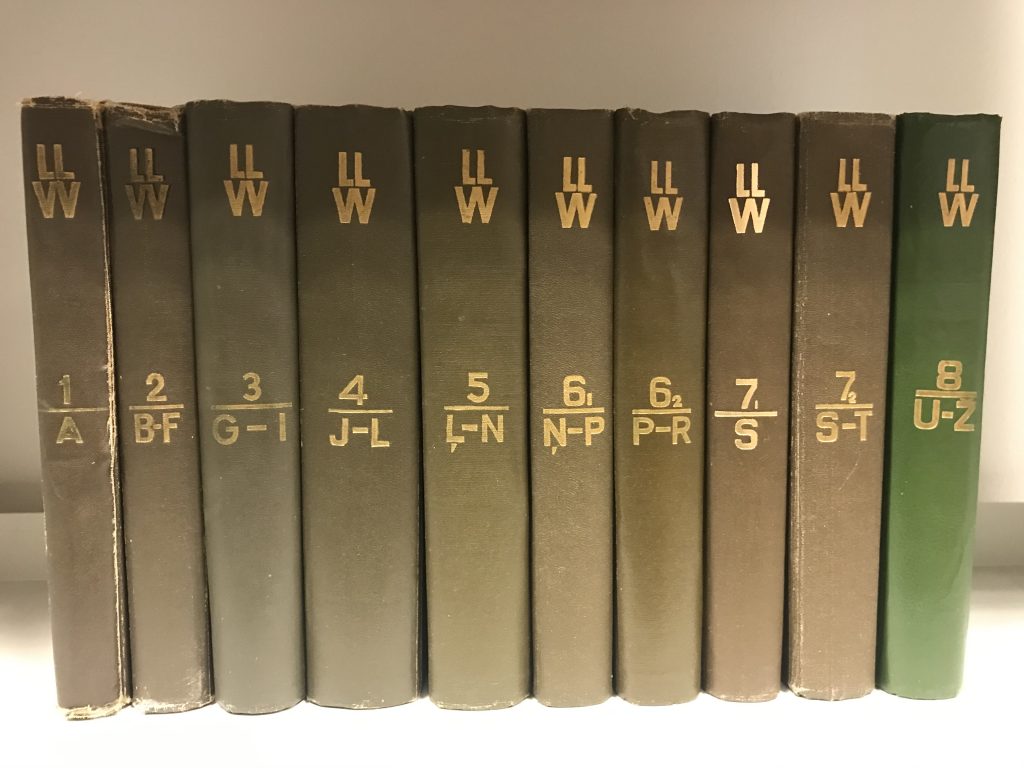Database of common folk place names
In 2017, UL Latvian Language institute cooperating with UL Institute of Mathematics and Computer Science (in particular, with the researcher Ilmārs Poikāns) created the Database of common folk place names, where everyone is invited to collect and note down common folk place names, i.e., proper names used by locals referring to different physio-geographic objects.
Lejasciema Pārigauja included in the Database of common folk place names
Historic dictionary of Latvian language
“Historic dictionary of Latvian language (16th – 17th century)” is an interactive electronic dictionary with wide searching options and a feedback link to “Historic Latvian language corpus”. It includes, too, grammatical characteristics, explanation of meaning and the etymology. The corpus allows to determine when a particular name was introduced in written form. A particular place in each entry is to the information from 17th century’s dictionaries, and after each entry there are examples of lexicographic sources of “Corpus of historic writings in Latvian language”. These are the dictionary “Lettus” (Georgs Mancelis, 1638) and both manuscripts of Latvian-German dictionary (Kristofors Fīrekers, second half of 17th century).
Corpus of historic writings in Latvian language
The corpus has been established following particular criteria and unites a wide range of writings in Latvian language (16th to 18th century), which is used both for educational as research purposes.
It is an immense step forward to bring up-to-date a contemporary approach to the research of the Latvian language history. Both texts and index allows to follow up not only the history and development of the Latvian language, but also to discover particularities on lexical, morphological and syntax level. The index also reveals the process of linguistic stabilization and standardization. The index of frequency also confirms that quantitative data on allows to discuss the history of language use on qualitative level. These texts have served as basis while establishing the “Historic dictionary of Latvian language (16th – 17th century)”.
Contemporary dictionary of Latvian language
“Contemporary dictionary of Latvian language” (CD LL), which is developed by the UL Latvian Language institute, is a new explanatory dictionary based on Latvian language materials obtained during the last decade. The analysis of the word stock is based on CD LL card files, internet sources, as well as, on last decade’s encyclopaedias and dictionaries. CD LL (the estimated amount of entries is around 50,000 to 60,000) does not focus only on some particular lexical fields (e.g. foreign words), but examines holistically the contemporary Latvian language lexis. In includes also such layers as non-literary words, barbarisms, etc.
Dictionary of Latvian literary language
In the 20th century, UL Latvian language institute (priory, Language and literature institute of the Academy of Sciences) has produced the largest lexicographic source of Latvian language, which has been digitalized by UL Institute of Mathematics and Computer Sciences. The dictionary includes names of Latvian literary language which were used since 19th century’s 70’s up to the time, when the work on the dictionary was carried out (1972-1996). The analysis of linguistic corpus includes texts from literature up to the 1940’s, but then involves, too, scientific articles and periodicals. The folklore material is also partly included. The semantic research has been based on the approach from K. Mīlenbahs and J. Endzelīns „Latvian language dictionary”.



